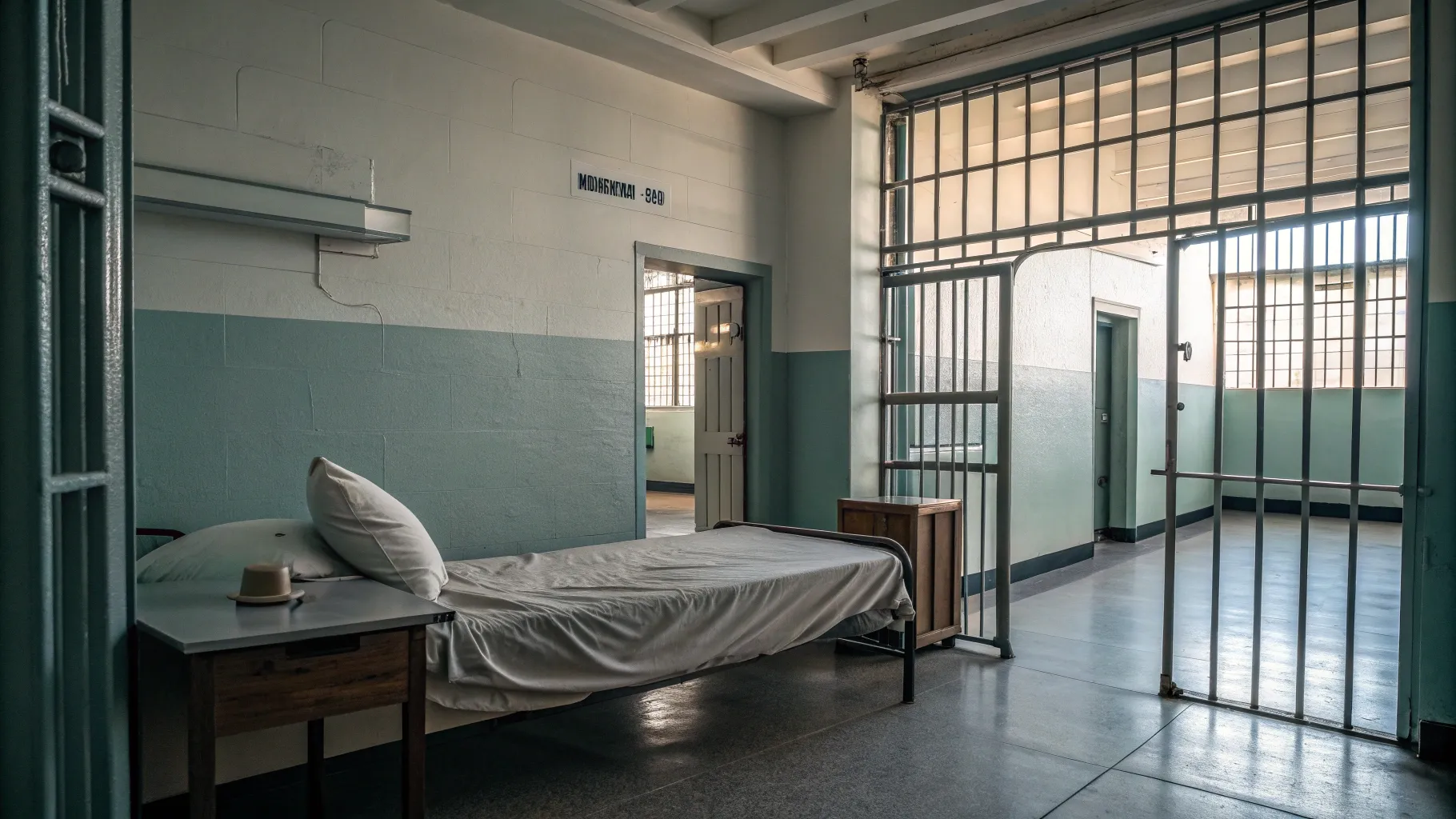An inmate at HMP Elmley on the Isle of Sheppey died following what officials described as a restraint-related incident, raising fresh questions about the use of force in prisons and how such events are reviewed. The man, identified as Azroy Dawes-Clarke, died at the facility in Kent. Authorities have not released a full account of what happened, but the phrasing points to a period of force used before his death and is likely to trigger a formal investigation.
Why This Matters Now
Deaths in custody are among the most serious events in the prison system. Any mention of restraint draws public concern because it suggests physical force was used. HMP Elmley is one of several prisons on the Isle of Sheppey and holds a large, complex population. Incidents there affect not only inmates and staff but also public confidence in oversight.
In recent years, watchdogs and coroners have stressed the need for safer restraint practices and better medical responses. The death of Dawes-Clarke fits into a broader debate about training, staffing levels, mental health support, and the balance between security and safety.
What Is Known
Azroy Dawes-Clarke was an inmate at HMP Elmley, on the Isle of Sheppey, when he died after a ‘restraint-related’ incident.
Officials have not provided a timeline, the specific circumstances, or the type of restraint applied. The term typically refers to a situation in which staff use approved control techniques to manage a perceived risk, such as violence, self-harm, or threats to others.
How Deaths in Custody Are Investigated
Deaths following use of force trigger several layers of scrutiny. Investigators focus on the decision to use force, the techniques applied, and the medical response that followed.
- A mandatory investigation by the Prisons and Probation Ombudsman examines events and care before death.
- A coroner’s inquest determines who died, where and when, and how they came by their death.
- Internal reviews assess staff training, compliance with policy, and any immediate risks.
These processes can take months. Families are usually given regular updates and offered legal aid for inquests. Findings may result in “Prevention of Future Deaths” reports, which require institutions to outline steps they will take.
Use of Force and Safety Pressures
Use of force in prisons is governed by strict rules and training known as control and restraint. Staff are taught to use the minimum force necessary and to monitor breathing and distress. Medical checks should follow any incident involving force.
Prisons face pressure from overcrowding, drug availability, and mental health needs. These factors can increase flashpoints and the risks during interventions. Unions often argue that lower staffing makes de-escalation harder. Advocates counter that better training, more clinical support, and earlier mental health care can reduce the need for force.
Voices and Accountability
Families who lose a relative in custody typically seek clear answers about what happened and why. Community groups push for transparency, including access to CCTV, body-worn video, and incident logs. Staff members seek assurance that policies protect them when they act in good faith and hold them to account when they do not.
Independent scrutiny is central. Ombudsman reports often review medical responses, the timeliness of emergency calls, and whether officers recognized signs of acute distress. Coroners may call expert witnesses on restraint techniques and prison health care.
What Questions Will Be Central
Key issues likely to shape findings include:
- What triggered the restraint and whether alternatives were tried.
- Whether approved techniques were used and properly supervised.
- How quickly medical staff attended and what treatment was given.
- Whether health, mental health, or substance use risks were known and shared.
- Quality of record-keeping, CCTV coverage, and body-worn video.
What Comes Next
Authorities are expected to confirm the investigative steps and release an initial account. The inquest process will set out the facts in public, often with a jury. Any recommendations will aim to reduce similar risks.
For now, the death of Azroy Dawes-Clarke draws attention to use-of-force policies at HMP Elmley and across the prison system. The case will test how well current safeguards work when force is used and whether lessons are applied. Readers should watch for immediate safety changes at the prison, the scope of the ombudsman’s review, and the coroner’s timeline. The key measure will be whether the findings lead to clear actions that protect lives while keeping prisons safe.






